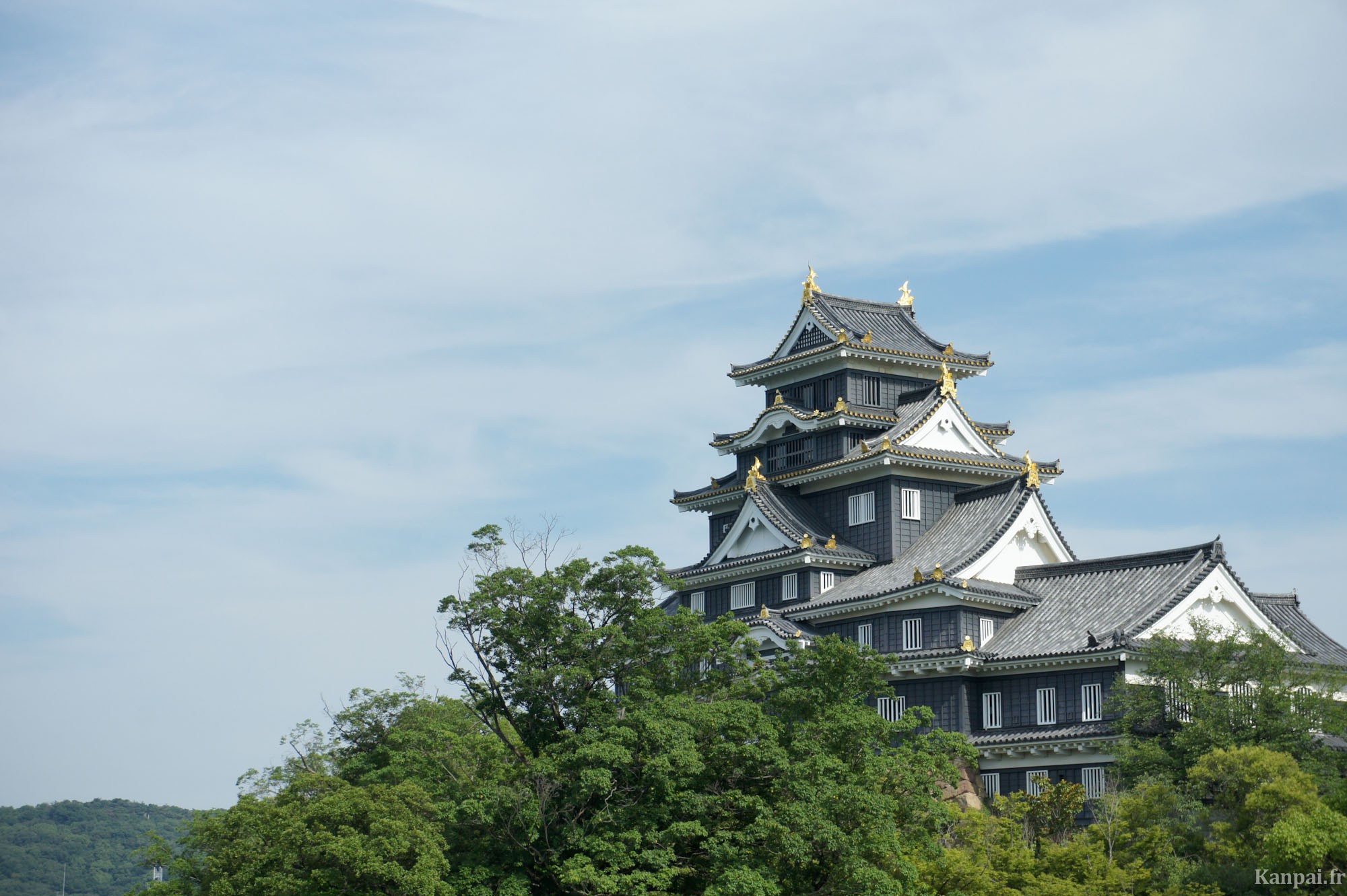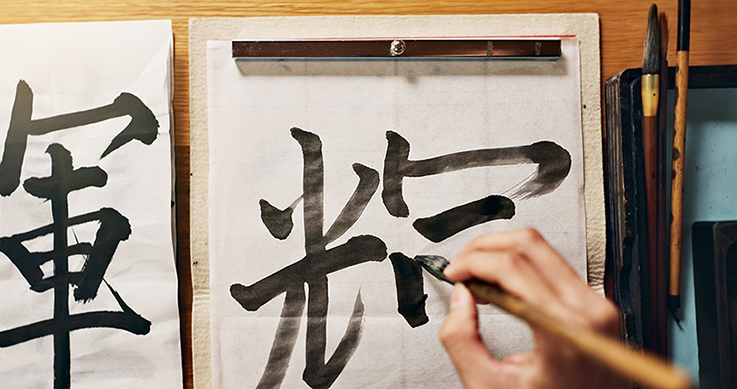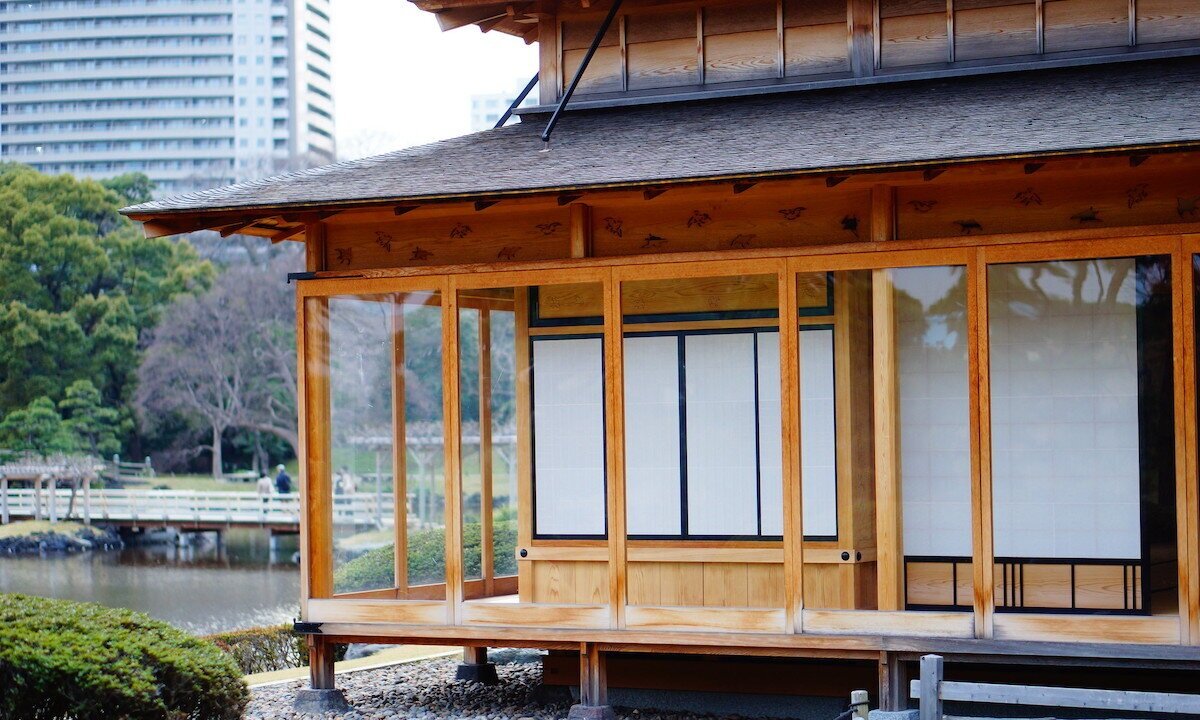Japanese castles have long stood as symbols of power, protection, and architectural brilliance. Originally built for military defense, they evolved into cultural and political centers. Today, they serve as historical landmarks that preserve Japan’s feudal past. This article explores the journey of Japanese castles, from their origins as fortresses to their status as national treasures.
The Origins: Japan’s First Castles
The earliest castles in Japan date back to the Kofun period (3rd–7th century). These were simple wooden structures on elevated ground, designed to protect local rulers from rival clans. However, it was during the Sengoku period (1467–1603)—a time of intense warfare—that Japan saw the rise of sophisticated castle architecture.
Key Features of Early Castles:
-
Built on natural elevations like hills and mountains.
-
Wooden fortifications with basic watchtowers.
-
Surrounded by wooden fences or moats for protection.
The Rise of Castle Towns: Sengoku Period (1467–1603)
The Sengoku period, also known as the Warring States period, saw the widespread construction of castles across Japan. Feudal lords, or daimyo, built large fortresses to protect their territories from rival clans. These castles were no longer just defensive structures but became political and economic centers.
Key Features of Sengoku Period Castles:
-
Stone foundations to withstand attacks and natural disasters.
-
Tall central keeps (tenshu) for commanding views of the surroundings.
-
Complex mazes of walls, gates, and moats to confuse invaders.
Famous Castles Built During This Era:
-
Azuchi Castle (1579): Built by Oda Nobunaga, it was one of the first castles with a multi-story main keep.
-
Himeji Castle (1581, expanded in 1609): Known as the “White Heron Castle” for its elegant white walls.
The Golden Age: Edo Period (1603–1868)
With the establishment of the Tokugawa Shogunate, Japan entered a long period of peace. During this time, castles became more than just military bases—they transformed into political centers and symbols of authority. The Tokugawa government enforced strict laws that limited the number of castles each domain could have, ensuring that no daimyo could grow too powerful.
Key Features of Edo Period Castles:
-
Larger, more elaborate palaces within castle walls.
-
Beautiful gardens and tea houses for diplomatic meetings.
-
Development of castle towns, where samurai, merchants, and artisans lived.
Famous Edo-Period Castles:
-
Nagoya Castle (1612): Famous for its golden shachihoko (tiger-headed carp) roof ornaments.
-
Kumamoto Castle (1607): Known for its massive stone walls and defensive design.
Decline and Destruction: Meiji Restoration (1868–1912)
The fall of the Tokugawa Shogunate in 1868 marked the beginning of Japan’s modernization. The new Meiji government saw castles as symbols of the old feudal order. As a result, many castles were dismantled, abandoned, or repurposed. Some were even demolished to make way for modern infrastructure.
Impact on Japanese Castles:
-
Many castles were destroyed or left in ruins.
-
Some were converted into military barracks or government buildings.
-
Only a handful of castles, like Himeji and Matsumoto, survived in their original form.

Restoration and Preservation: 20th Century to Today
During the 20th century, Japan recognized the cultural value of its castles. Efforts were made to restore and preserve these historical sites. Some castles, like Osaka Castle, were rebuilt using modern materials, while others, like Himeji Castle, were carefully maintained to retain their original structure.
Modern-Day Importance of Japanese Castles:
-
UNESCO World Heritage recognition (e.g., Himeji Castle).
-
Tourist attractions that draw visitors from around the world.
-
Cultural landmarks that host festivals, exhibitions, and reenactments.
Conclusion
From wartime fortresses to cultural icons, Japanese castles have played a crucial role in the country’s history. Though many have been lost to time, those that remain continue to inspire, educate, and captivate visitors with their beauty and historical significance. Whether standing tall as original structures or reconstructed landmarks, Japan’s castles remain timeless symbols of strength, tradition, and elegance.











